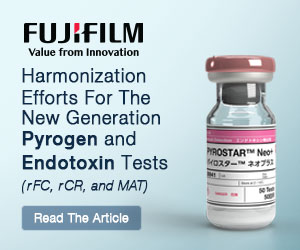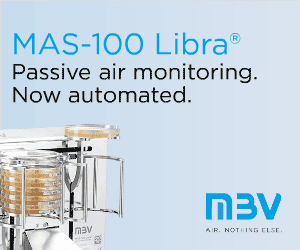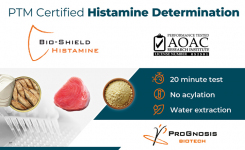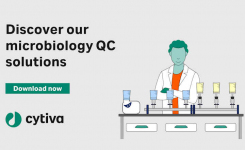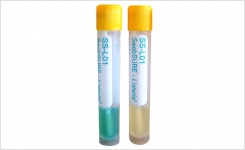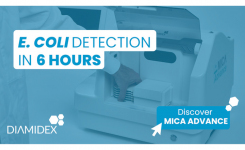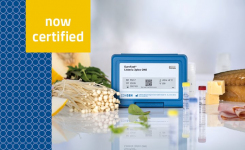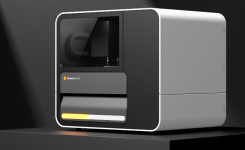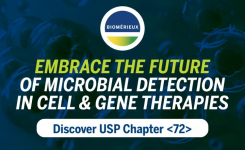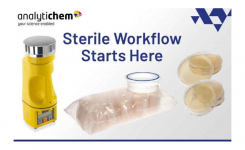High Throughput EHEC Examination of Stool Samples
go back to news archivesTo streamline the workflow for detecting the EHEC bacterium, the automated MagNA Pure Sample Preparation System for nucleic acid isolation and LightCycler® Real-Time PCR Instrument from Roche Applied Science are being used for high throughput examination of EHEC pathogens in primary stool samples during this epidemic. In a recent study (in preparation) carried out by Ralf Bialek (Laboratory of Dr. Krause & Colleagues, MVZ GmbH, Kiel, Germany), Udo Reischl (Institute of Medical Microbiology and Hygiene, University Hospital of Regensburg, Germany), and Olfert Landt (TIB MOLBIOL GmbH, Berlin, Germany), human stool samples were processed using the high throughput MagNA Pure 96 workstation, isolating high quality total genomic DNA from primary faecal specimens. Targeting the toxin genes of enterohaemorrhagic E. coli by a LightCycler® Real-Time PCR test demonstrated that faecal specimens can be used as starting material to detect EHEC infection in epidemic situations reducing the turnaround from at least overnight incubation to hours.The fully automated robotic MagNA Pure 96 Instrument, used in this study, isolates nucleic acids from 96 samples in approximately one hour. This Roche platform is an efficient, cost-effective way to prepare template DNA from large numbers of stool samples in epidemic situations. Subsequent LightCycler® 480 Real-Time PCR was found to be accurate and reproducible using proven specific, sensitive PCR primers and probes, targeting the Shiga toxin genes of EHEC, available as LightMix® kit EHEC. To ensure the robustness of the entire MagNA Pure 96 and LightCycler® workflow for EHEC testing, a new Pathogen Universal Protocol was established using a 200 µl sample volume and 100 µl elution volume. E. coli Shiga toxin genes were amplified in the presence of two pairs of fluorescently labeled hybridization probes targeting stx-1 and stx-2, followed by LightCycler® System melting curve analysis discriminating the toxin gene subtypes. The bacterial parC gene (encoding the topoisomerase IV subunit of Enterobacteriaceae) was used as an extraction control to prove presence of extracted DNA and to exclude PCR inhibitors. Systematic testing of this workflow should significantly contribute to the early detection and surveillance of future EHEC infections, as well as other emerging bacterial epidemics. The team has evaluated a novel four-color multiplex assay using hydrolysis probes for the LightCycler® 480 Instrument (publication submitted), targeting both toxin genes (stx1 and stx2), the wzx gene (marker for the O104 serotype), and an internal control. This new assay enables the analysis of suspected samples in a single reaction, for a faster more cost-effective time-to-result, which is particular important during an outbreak, when many samples have to be studied in short time. |
NOTE: This item is from our 'historic' database and
may contain information which is not up to date.
Source : Roche Diagnostics GmbH [Germany] View archived contact details
Is a subsidiary/distributor for
Roche Diagnostics, Switzerland View Company Information
Posted on July 5, 2011


